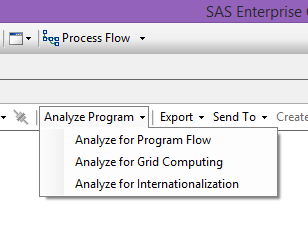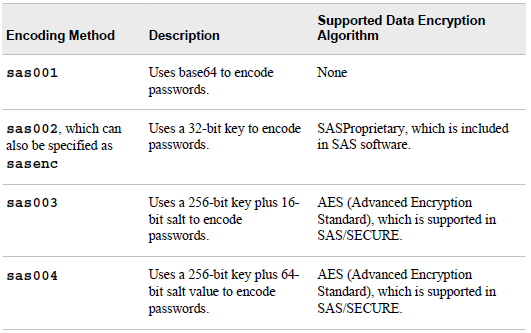To get the correct SAS OLEDB driver or newest SAS OLEDB driver. It is best to do a search e.g. on Google.
NB! You need an account at SAS to be able to download.
And even thou this guide for Installing and configuring an SAS OLEDB-driver for MSSQL is old – it is still very useful.
Be aware, that it is possible to code a program in e.g. .NET that reads a SAS-dataset. It can be done with the SasReader (currently in version 1.0.6).
Below code in C# reads a SAS-dataset and outputs it into a .CSV-file.
Credits to my colleague that figured this out.
1 2 3 4 5 6 7 8 9 10 11 12 13 14 15 16 17 18 19 20 21 22 23 24 25 26 27 28 29 30 31 32 33 34 35 36 37 38 39 40 41 42 43 44 45 46 47 48 49 50 51 52 53 54 55 56 57 58 59 60 61 62 63 64 65 66 67 68 69 70 71 72 73 74 75 76 77 | using System;using System.IO;using SasReader;using System.Text;namespace SasToCsvConverter{ class Program { static void Main(string[] args) { // Define paths // string sasFilePath = @"C:\temp\<YOUR SAS-DATASET>.sas7bdat"; // string csvFilePath = @"C:\temp\output.csv"; try { // Initialize SAS file reader using (FileStream sasToParseFileInputStream = File.OpenRead(sasFilePath)) { SasFileReader sasFileReader = new SasFileReaderImpl(sasToParseFileInputStream); // Open the CSV file for writing using (var writer = new StreamWriter(csvFilePath, false, Encoding.UTF8)) { // Read and write META DATA var sasMetaColumns = sasFileReader.getColumns(); // Write header var headerNames = new StringBuilder(); foreach (var column in sasMetaColumns) { headerNames.Append(column.getName()).Append(","); } // Remove the trailing comma writer.WriteLine(headerNames.ToString().TrimEnd(',')); // Write DATA long rowCount = sasFileReader.getSasFileProperties().getRowCount(); for (int i = 0; i < rowCount; i++) { var row = sasFileReader.readNext(); // object[] var rowValues = new StringBuilder(); foreach (var value in row) { var stringValue = value?.ToString() ?? string.Empty; rowValues.Append(EscapeCsvValue(stringValue)).Append(","); } // Remove the trailing comma writer.WriteLine(rowValues.ToString().TrimEnd(',')); // Optional: Log progress Console.WriteLine($"Processed row {i + 1}/{rowCount}"); } } } Console.WriteLine("Conversion to CSV completed successfully."); } catch (Exception ex) { Console.WriteLine($"An error occurred: {ex.Message}"); } } private static string EscapeCsvValue(string value) { if (value.Contains(",") || value.Contains("\"") || value.Contains("\n")) { return $"\"{value.Replace("\"", "\"\"")}\""; } return value; } }} |



